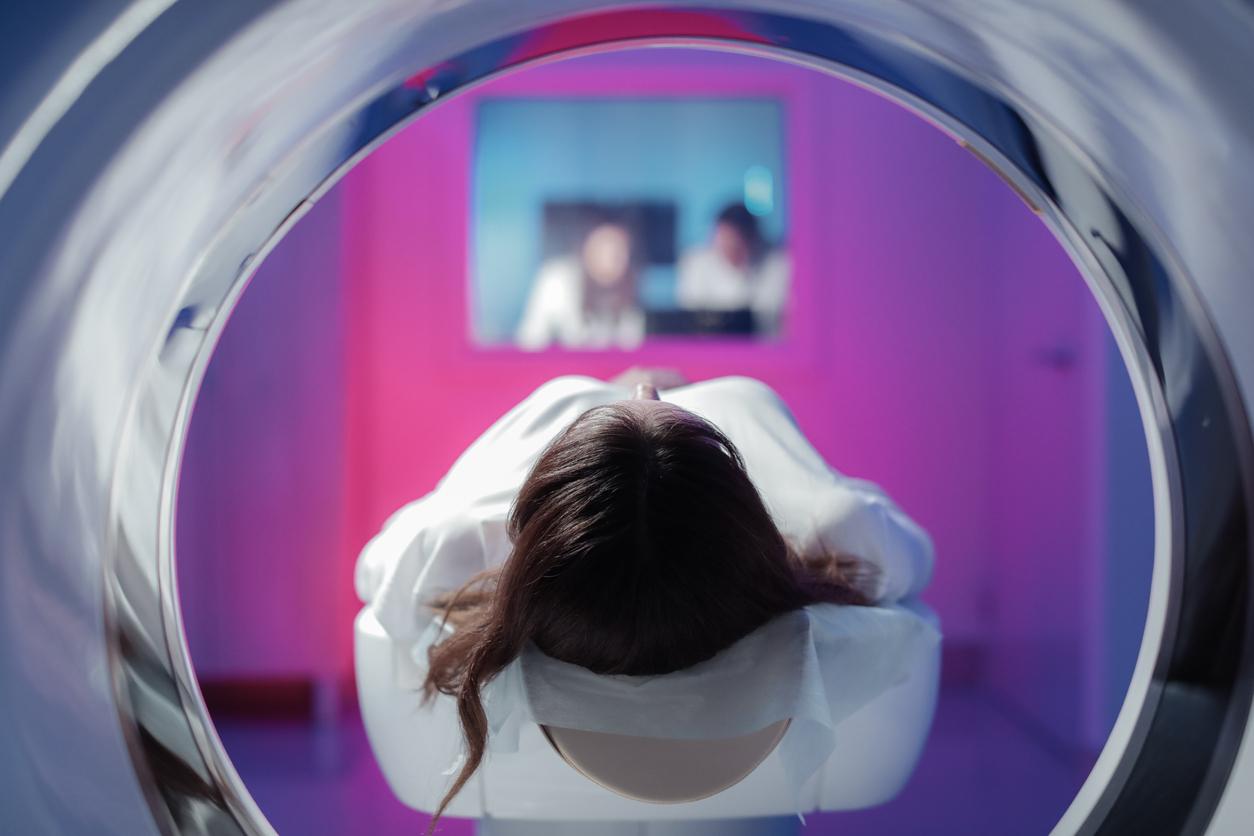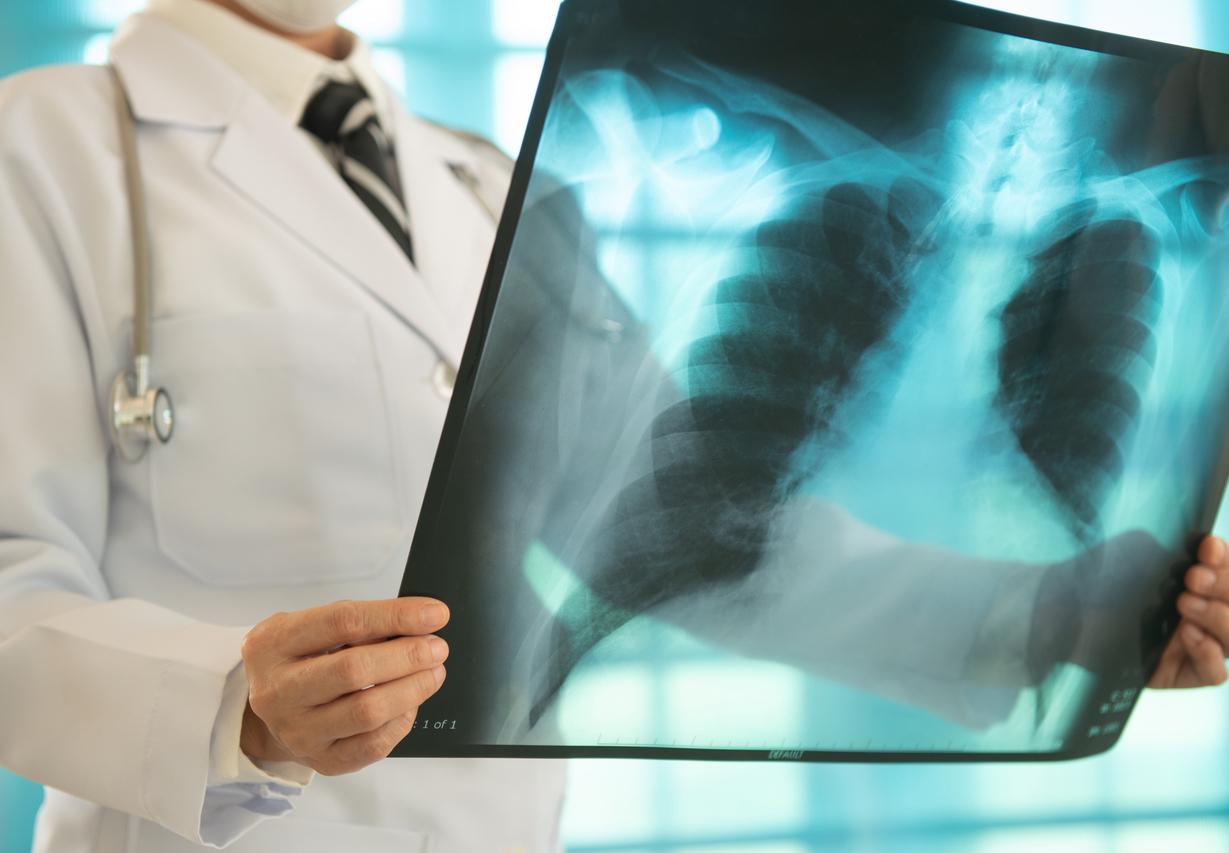Jan. 10, 2001 – According to researchers from the Epidemiology Department of the National Institute of Environmental Medicine at the Karolinska Institute in Sweden, analysis of nine epidemiological studies reveals that the risk of leukemia doubles in children chronically exposed to a magnetic field measuring at least 4 milligauss. “The level of statistical significance that we see for excess risk at high exposures makes luck an unlikely explanation,” writes the international team of epidemiologists in the September issue of British Journal of Cancer1.
Although it is not proven beyond doubt that electric and magnetic fields (EMFs) emitted by cables and electrical devices alone cause cancer, the Canada Mortgage and Housing Corporation advocates careful avoidance. . In a study yet to be published, CMHC has had EMF levels measured in Canadian homes for five years. Conclusion: “About two out of three homes have excessive magnetic fields due to wiring errors that can be corrected inexpensively (between $ 300 and $ 500),” says study author Andrew Michrowski. “Among the 50 or so houses we visited in Quebec, the average magnetic field in the children’s bedrooms was 7 to 8 milligauss, generally because the Hydro-Quebec line was connected to the house there. ”
On the other hand, a second study2, American this one, comes to conclusions similar to that of the Swedish team. Little by little, a consensus is emerging that there is a link between chronic exposure to electromagnetic fields greater than 3 or 4 milligauss and the risk of leukemia in children.
HealthPassport.net
References
The House of the 21st Century, http://www.21esiecle.qc.ca/
1. Ahlbom A, Day N, Feychting M, Roman E, Skinner J, Dockerty J, Linet M, McBride M, Michaelis J, Olsen JH, Tynes T, Verkasalo PK. A pooled analysis of magnetic fields and childhood leukaemia. Br J Cancer. 2000 Sep; 83 (5): 692-8.
2. Greenland S, Sheppard AR, Kaune WT, Poole C, Kelsh MA. A pooled analysis of magnetic fields, wire codes, and childhood leukemia. Childhood Leukemia-EMF Study Group. Epidemiology. 2000 Nov; 11 (6): 624-34.















